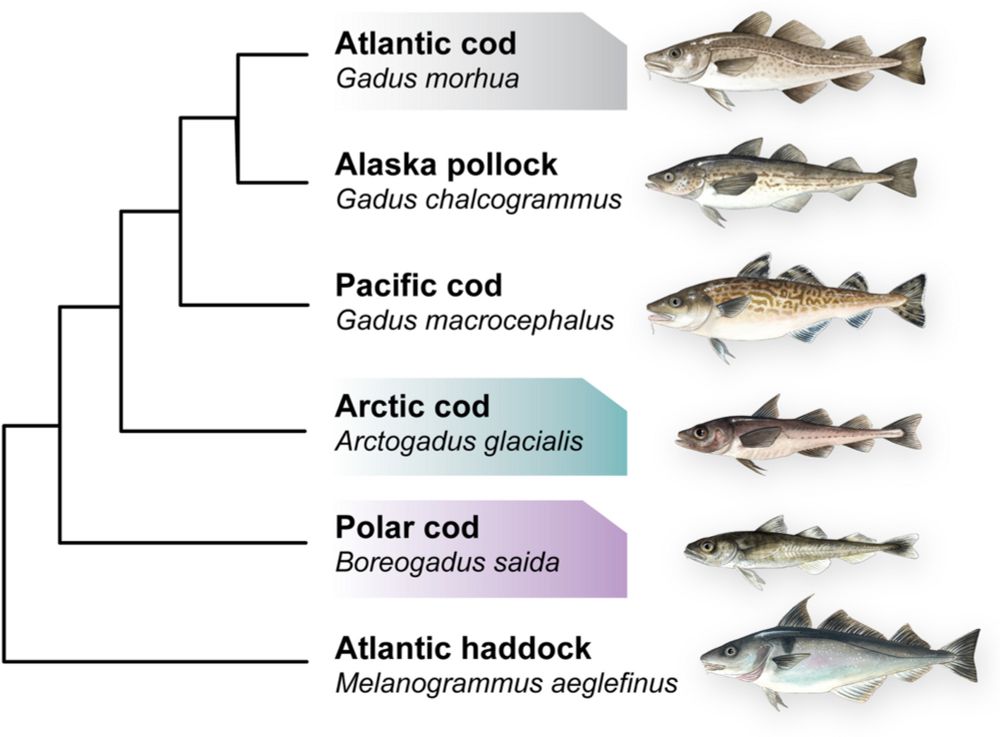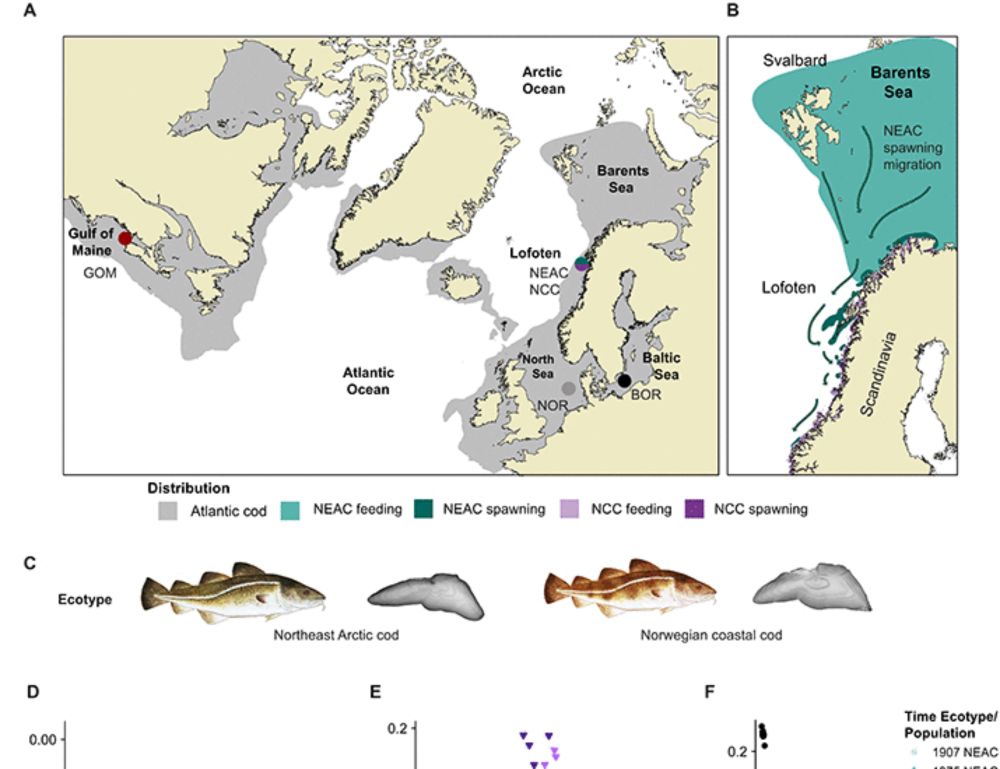
@ugrenoblealpes.bsky.social @unioslo-cees.bsky.social @eric.coissac.eu @magnen.bsky.social



@ugrenoblealpes.bsky.social @unioslo-cees.bsky.social @eric.coissac.eu @magnen.bsky.social
Learn more in this week's issue of Science: https://scim.ag/48bLsGI

Published in The Wildlife Society @thewildlifesociety.bsky.social

Published in The Wildlife Society @thewildlifesociety.bsky.social
With Atle Mysterud @unioslo-cees.bsky.social @biovitenskap.bsky.social
Published @springernature.com

With Atle Mysterud @unioslo-cees.bsky.social @biovitenskap.bsky.social
Published @springernature.com
@molecology! We test whether🐦with ⬆️dispersal propensity differ in the nº CpGs across the genome, with the hypothesis that⬆️CpGs allow for⬆️epigenetically-driven plasticity facilitating environmental coping
onlinelibrary.wiley.com/doi/10.1111/...

@molecology! We test whether🐦with ⬆️dispersal propensity differ in the nº CpGs across the genome, with the hypothesis that⬆️CpGs allow for⬆️epigenetically-driven plasticity facilitating environmental coping
onlinelibrary.wiley.com/doi/10.1111/...

@unioslo-cees.bsky.social
@biovitenskap.bsky.social
link.springer.com/article/10.1...

@unioslo-cees.bsky.social
@biovitenskap.bsky.social
link.springer.com/article/10.1...

@unioslo-cees.bsky.social
@biovitenskap.bsky.social
link.springer.com/article/10.1...

Published in Genome Biology by @springernature.com

Published in Genome Biology by @springernature.com
Published in @genomebiolevol.bsky.social

Published in @genomebiolevol.bsky.social
– Gevirene har komplekse og varierende størrelser. Det er ikke åpenbart at lengde eller bredde kan sammenliknes på tvers av arter fordi de kan ha ulik utforming, sier Thomas Hansen @biovitenskap.bsky.social @unioslo-cees.bsky.social
Les hele saken i #Titan

– Gevirene har komplekse og varierende størrelser. Det er ikke åpenbart at lengde eller bredde kan sammenliknes på tvers av arter fordi de kan ha ulik utforming, sier Thomas Hansen @biovitenskap.bsky.social @unioslo-cees.bsky.social
Les hele saken i #Titan
By Hanna Noordzij @biovitenskap.bsky.social & @unioslo-cees.bsky.social
Publ.@nature.com

By Hanna Noordzij @biovitenskap.bsky.social & @unioslo-cees.bsky.social
Publ.@nature.com

@jentoft.bsky.social

@jentoft.bsky.social
www.titan.uio.no/naturvitensk...

www.titan.uio.no/naturvitensk...



conbio.onlinelibrary.wiley.com/doi/10.1111/...
conbio.onlinelibrary.wiley.com/doi/10.1111/...
Published by PNAS @pnas.org
www.pnas.org/doi/10.1073/...
Published by PNAS @pnas.org
www.pnas.org/doi/10.1073/...
Nå er den borte.
Forskere fra @biovitenskap.bsky.social advarer om pågående kollaps av de lokale torskebestandene @jentoft.bsky.social
#Titan
www.titan.uio.no/livsvitenska...

Nå er den borte.
Forskere fra @biovitenskap.bsky.social advarer om pågående kollaps av de lokale torskebestandene @jentoft.bsky.social
#Titan
www.titan.uio.no/livsvitenska...


